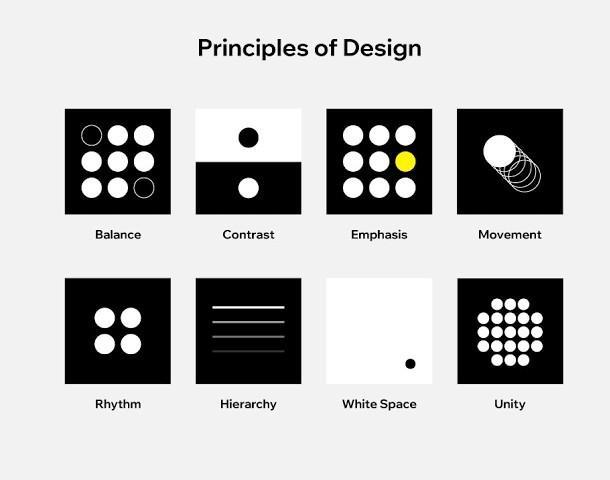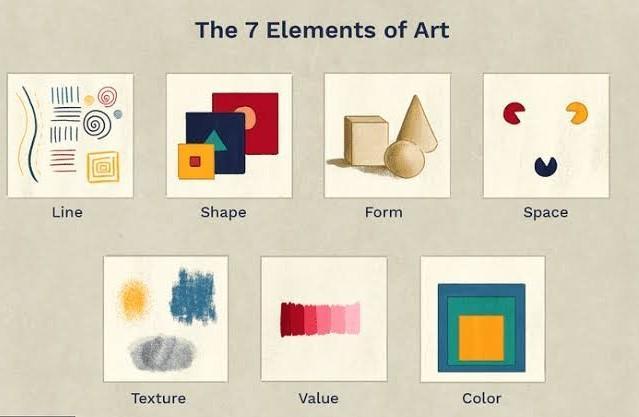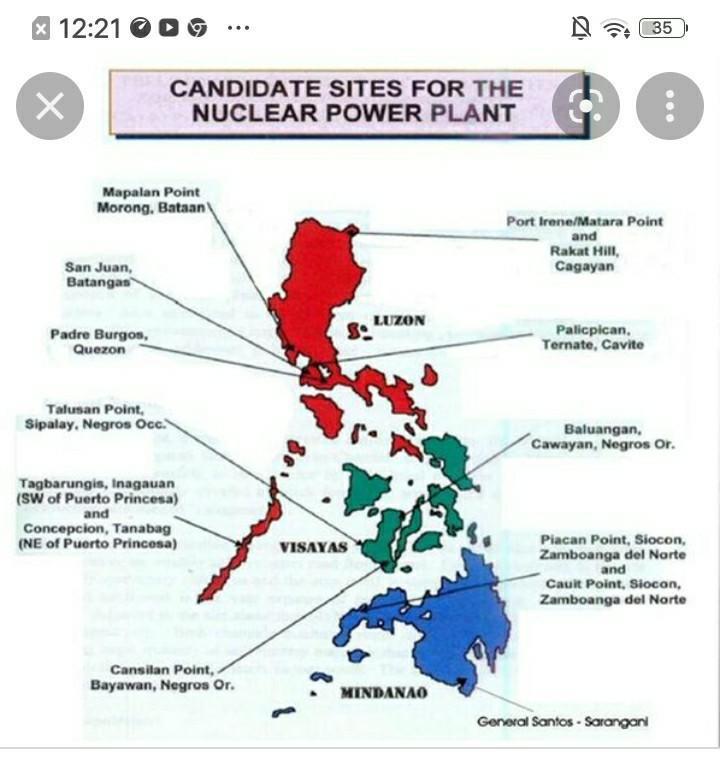In your one whole sheet of paper Draw a sample of the following Principles and Elements of design. Copy the table in your paper.
Answers 1
This are the examples of principles and elements design or arts examples


-
Author:
teófaneskw3k
-
Rate an answer:
1
Do you know the answer? Add it here!
Choose a language and a region
How much to ban the user?
1 hour
1 day
100 years

